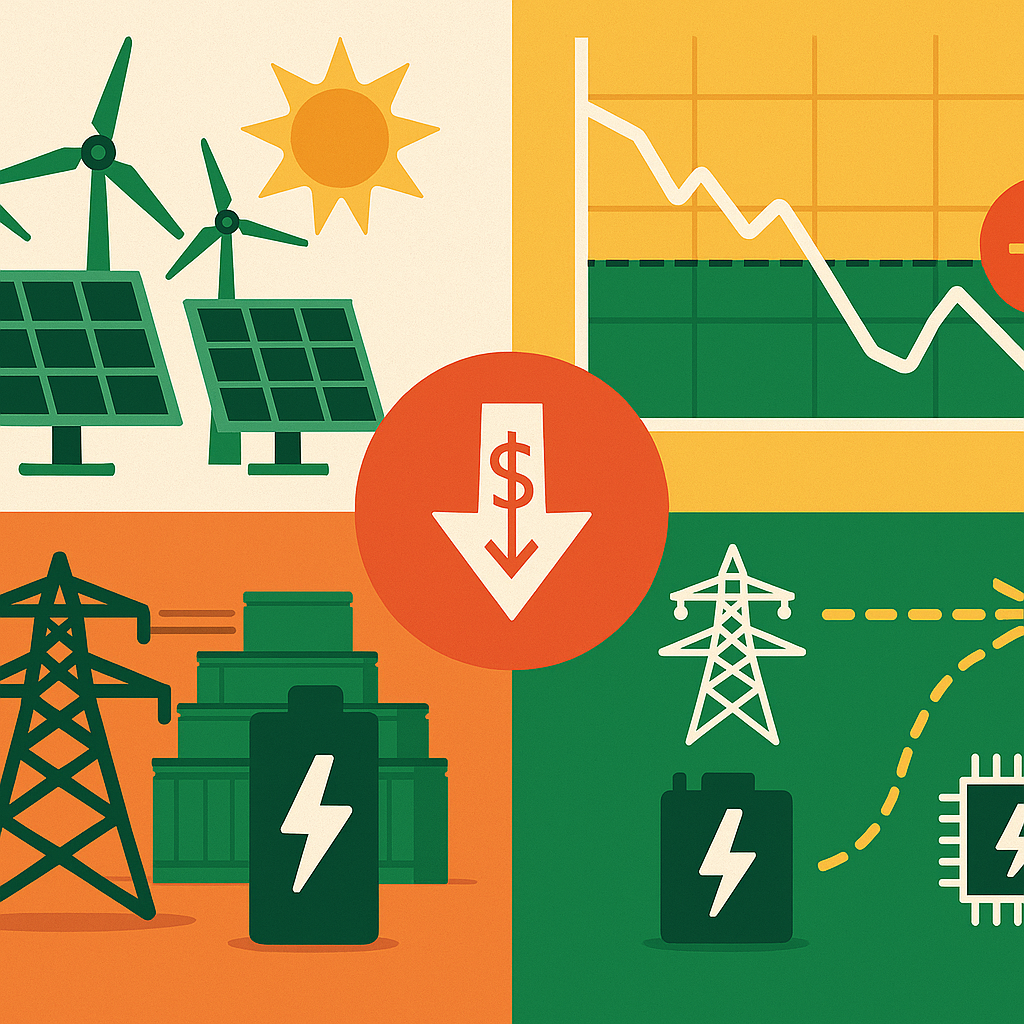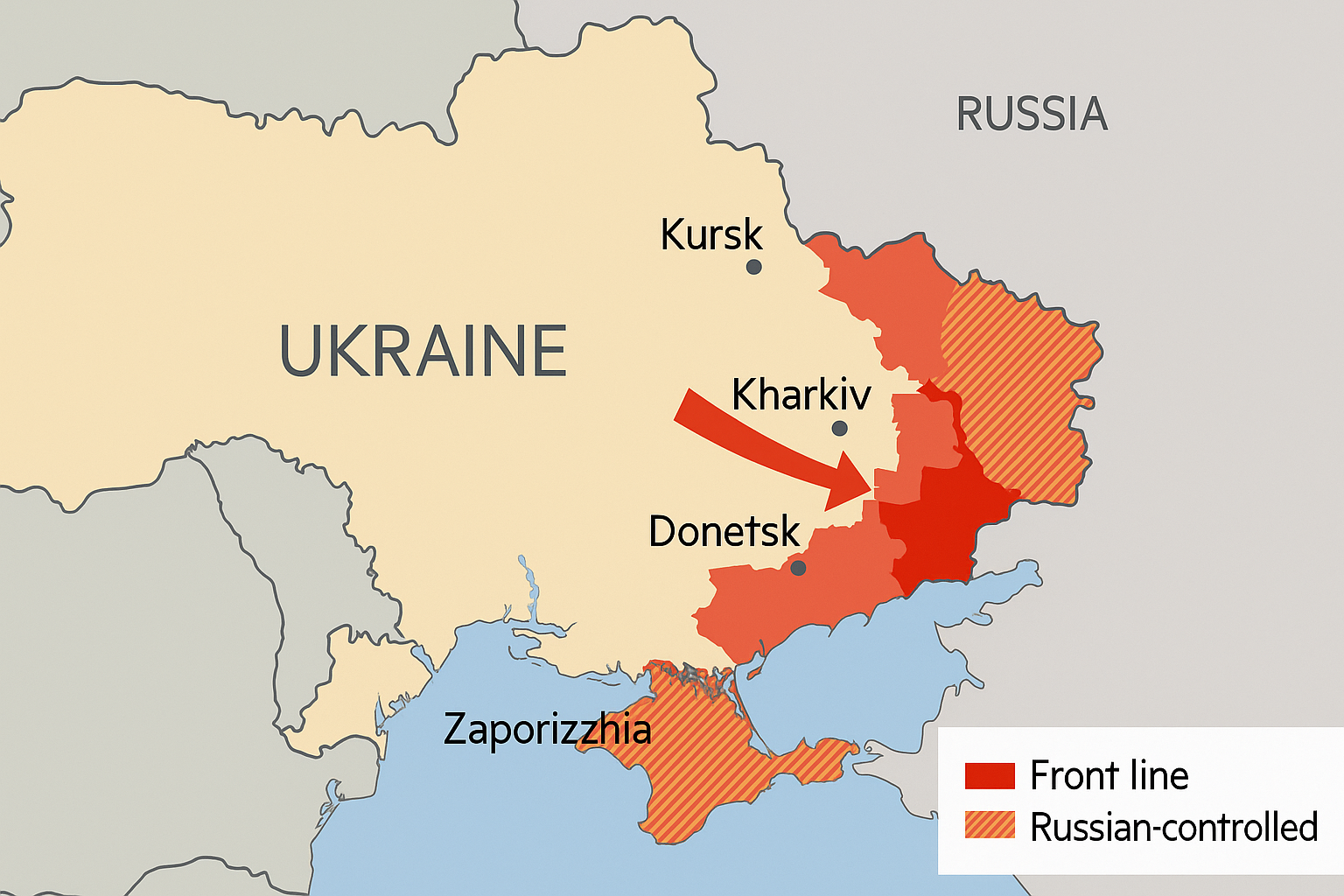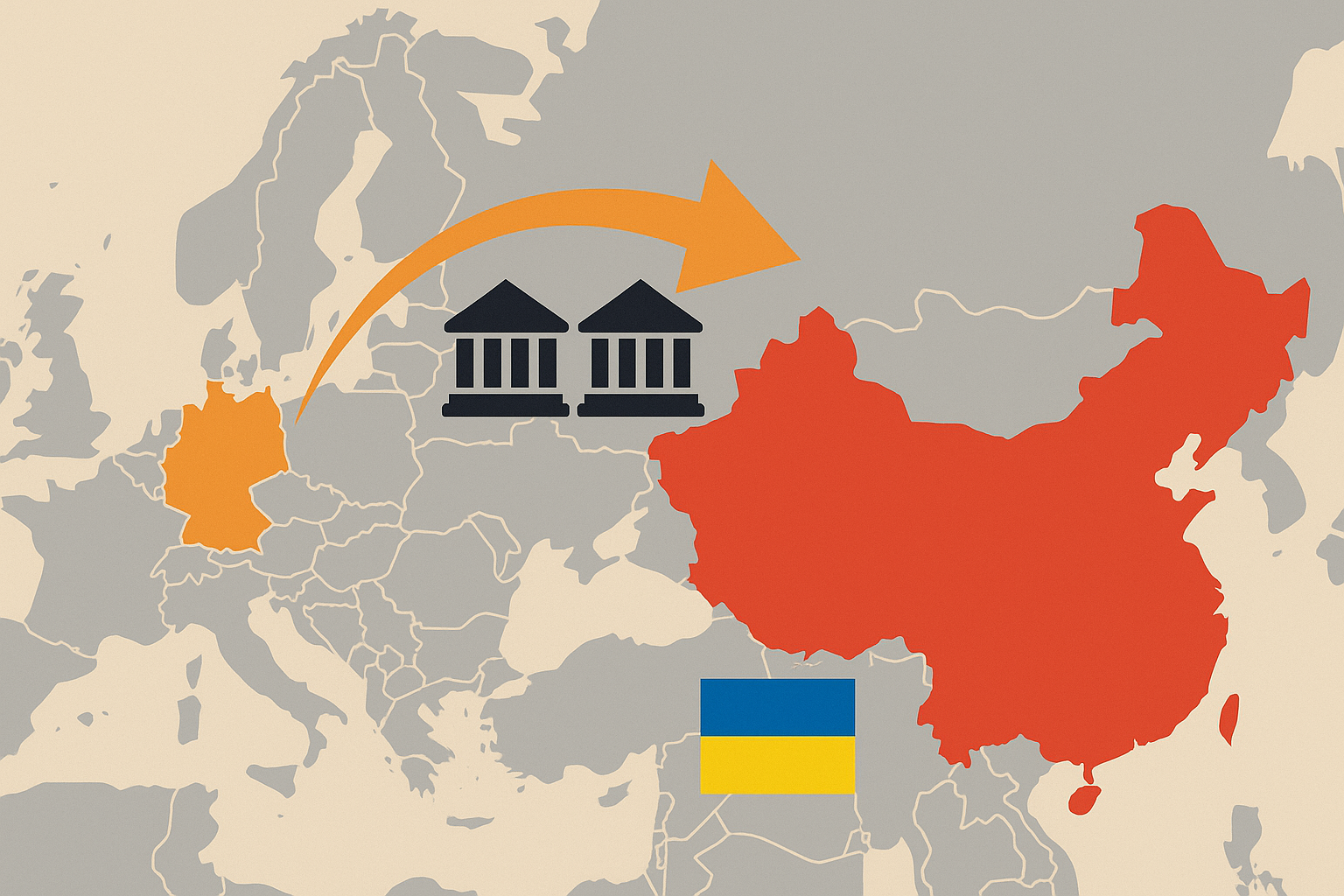In the mid-1950s, Lewis Strauss, then-chair of the US Atomic Energy Commission, famously speculated that nuclear power could make electricity “too cheap to meter.” Today, in parts of Europe’s power market, a different but equally striking reality has emerged: generators are often paying to supply electricity to the grid.
The Rise of Negative Pricing
Negative electricity prices — where suppliers pay the market to take their power — have become a regular feature in several European countries. While the concept may seem counterintuitive, it reflects a surge in renewable energy capacity, particularly from wind and solar, combined with periods of low demand.
The most dramatic example is Spain, which recorded 404 hours of negative wholesale electricity prices in the first five months of 2024, according to consultancy Enervis. This trend, once rare, has become more widespread across the continent since 2023.
It’s important to note that these figures relate to wholesale market prices, not retail electricity bills, which factor in the full cost of running the power system. Negative pricing occurs primarily during sunny or windy periods when renewable generation exceeds the grid’s immediate capacity.
Drivers Behind the Trend
Several factors have contributed to the rise in negative prices:
- Policy Success: Generous subsidies have encouraged rapid investment in renewable energy.
- Weather Conditions: Unusually sunny weather in 2024 boosted solar output.
- Falling Demand: Economic slowdown, energy efficiency measures, and the spread of rooftop solar — also supported by subsidies — have reduced demand for grid power.
Operational factors also play a role. Many thermal plants and some wind farms are not designed for frequent shutdowns, making it cheaper to continue producing power during brief periods of negative prices than to halt operations. In addition, fixed feed-in tariffs mean that some generators can still profit even when wholesale prices are negative.
Curtailment and Costs
When supply exceeds demand, renewable plants are sometimes ordered to stop generating power, a process known as curtailment. In northern Scotland, for example, wind farms were paid £119mn in the first half of 2024 to not produce 37% of their potential output.
While curtailment helps balance the system, the associated costs risk pushing up overall energy prices and undermining public support for renewable expansion. Negative pricing also challenges the financial viability of new projects, prompting concern from developers and investors.
Future Outlook
Analysts suggest that current oversupply could become an asset as electricity demand rises — driven by electric vehicles, data centres, and AI technologies. Aurora Energy Research predicts negative pricing will diminish by 2035. However, demand growth alone will not resolve the issue.
Policy Solutions
Experts say policymakers must address infrastructure and market design:
- Grid Expansion: Long-distance transmission lines, such as linking Scotland’s offshore wind farms with southern demand hubs, could reduce wasted renewable energy.
- Storage Investment: Large-scale battery storage could help smooth supply-demand imbalances, with targeted subsidies accelerating deployment.
- Subsidy Reform: Adjusting renewable subsidies to avoid rewarding generation during negative price periods.
- Demand Management: Dynamic pricing to encourage electricity use during periods of high renewable output.
Europe’s clean energy policies have succeeded in rapidly expanding renewable generation. The challenge now is to strengthen the rest of the low-carbon energy system — from grids to storage and demand-side incentives — to ensure that abundant, cheap, and sustainable power can be effectively used.








